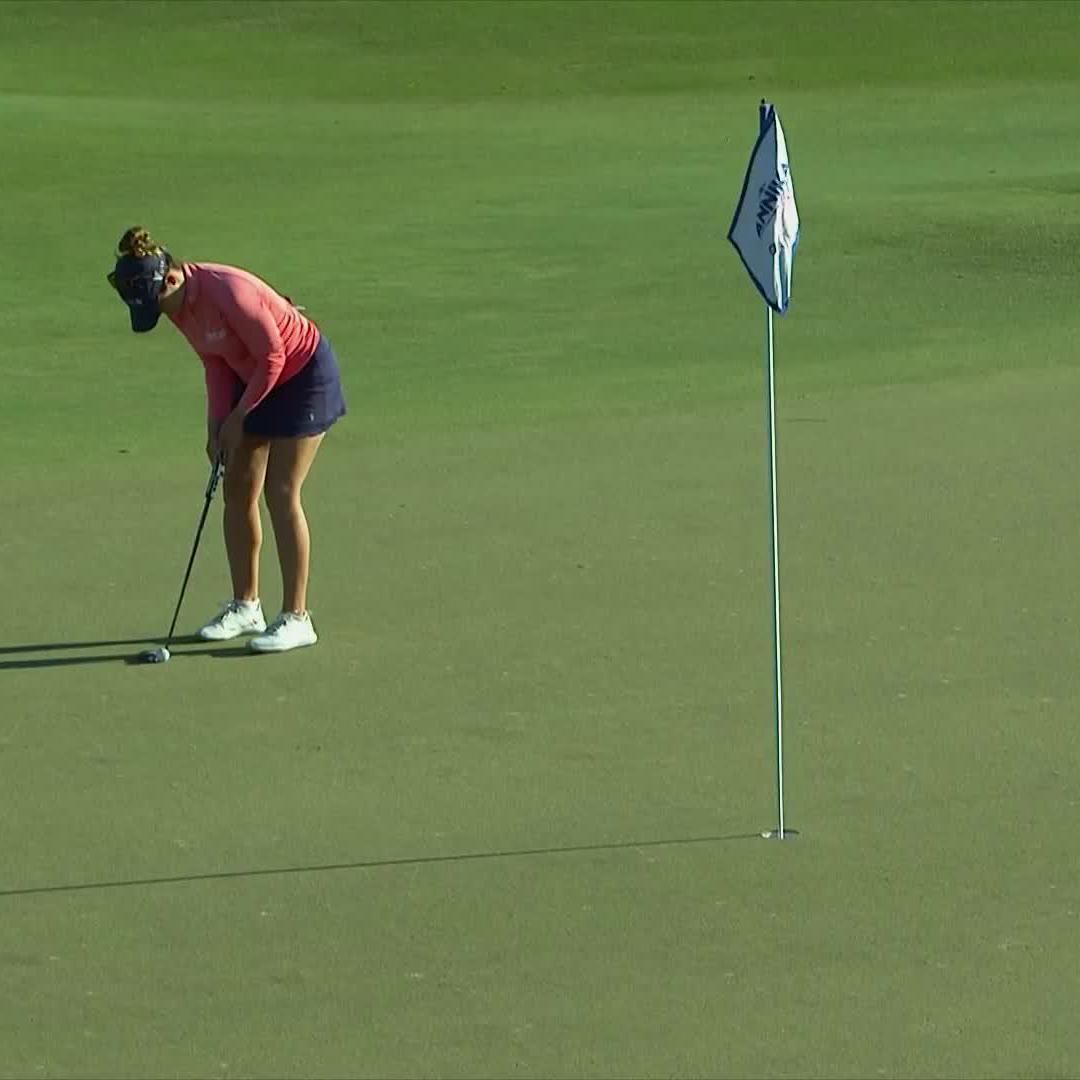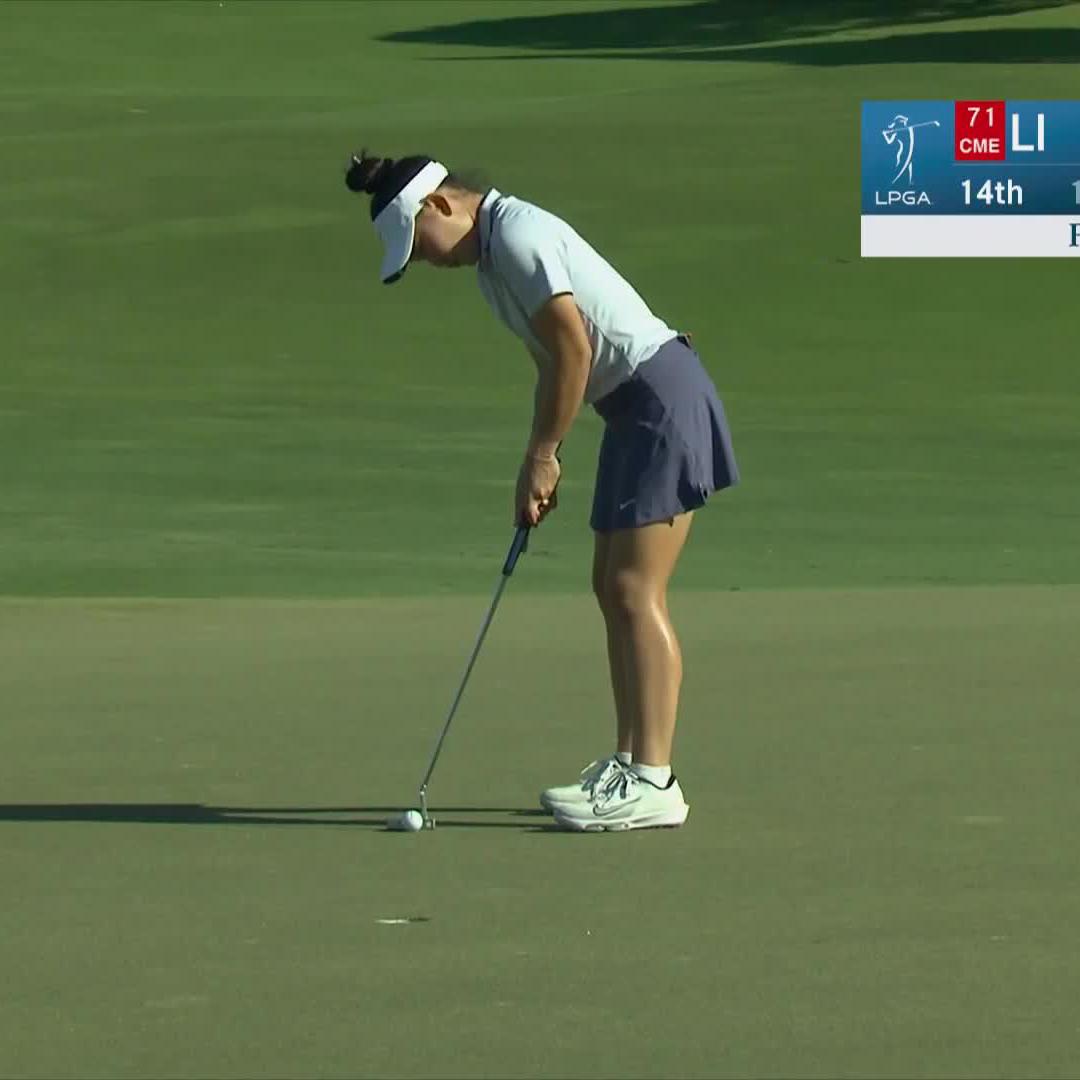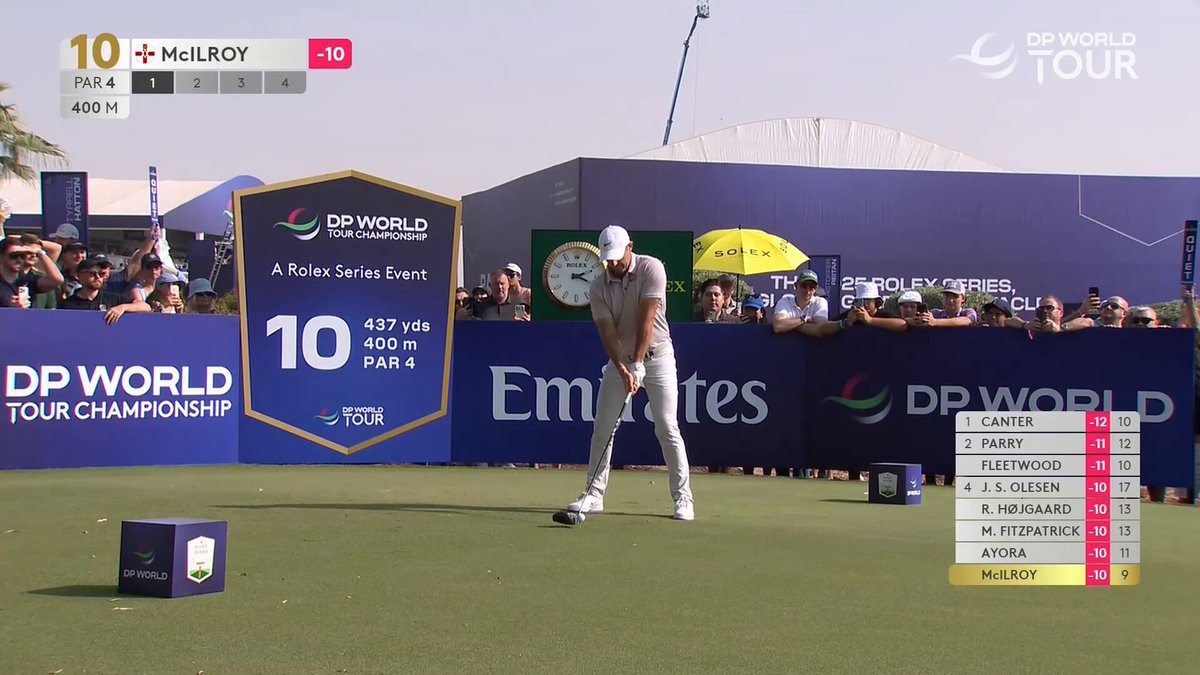Steven Alker delivered a clutch long-range birdie putt to tie the lead during the Charles Schwab Cup Championship, showcasing his steady nerves under pressure. This birdie marked his 14th of the week, emphasizing his consistent performance throughout the tournament.









